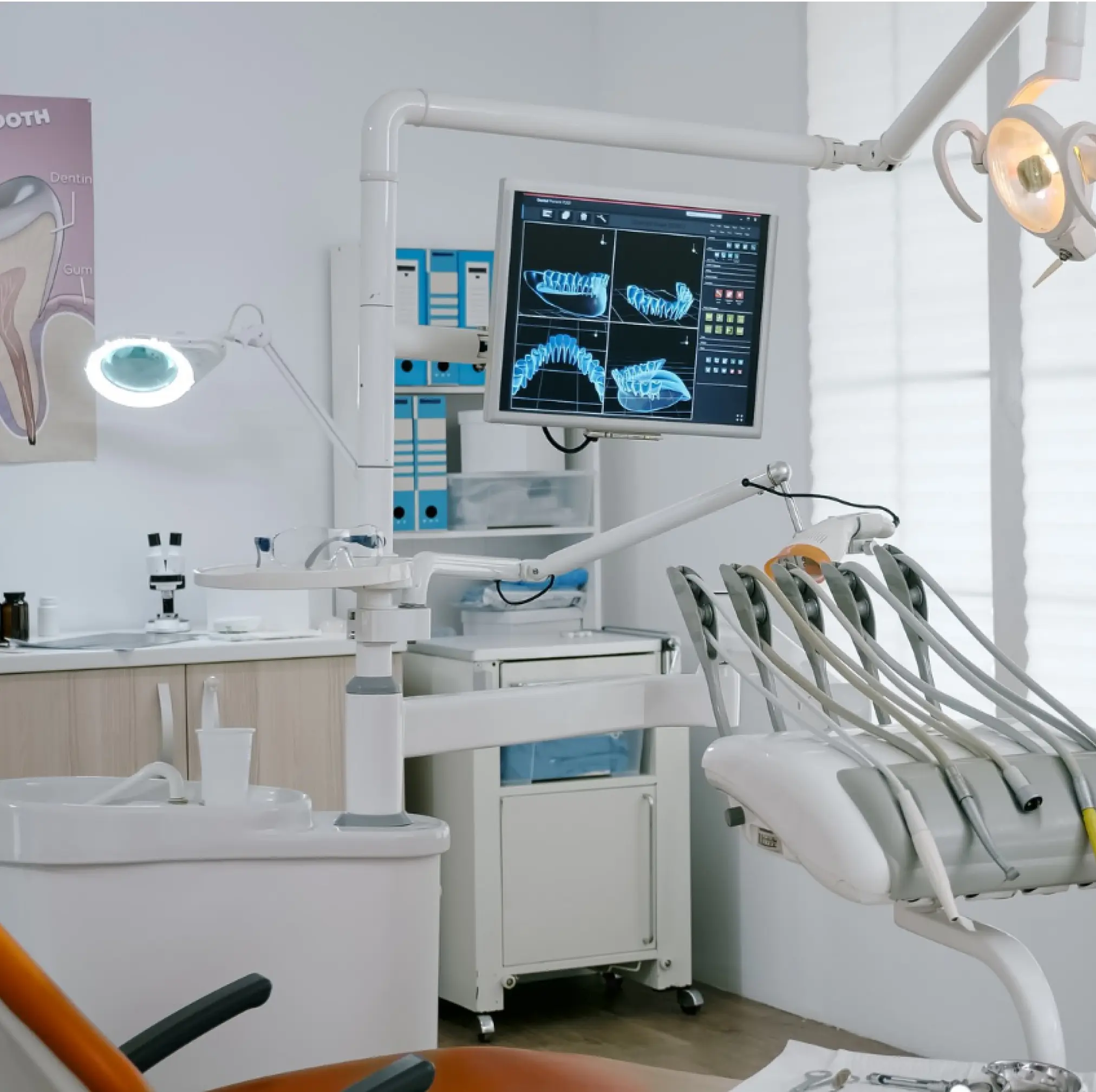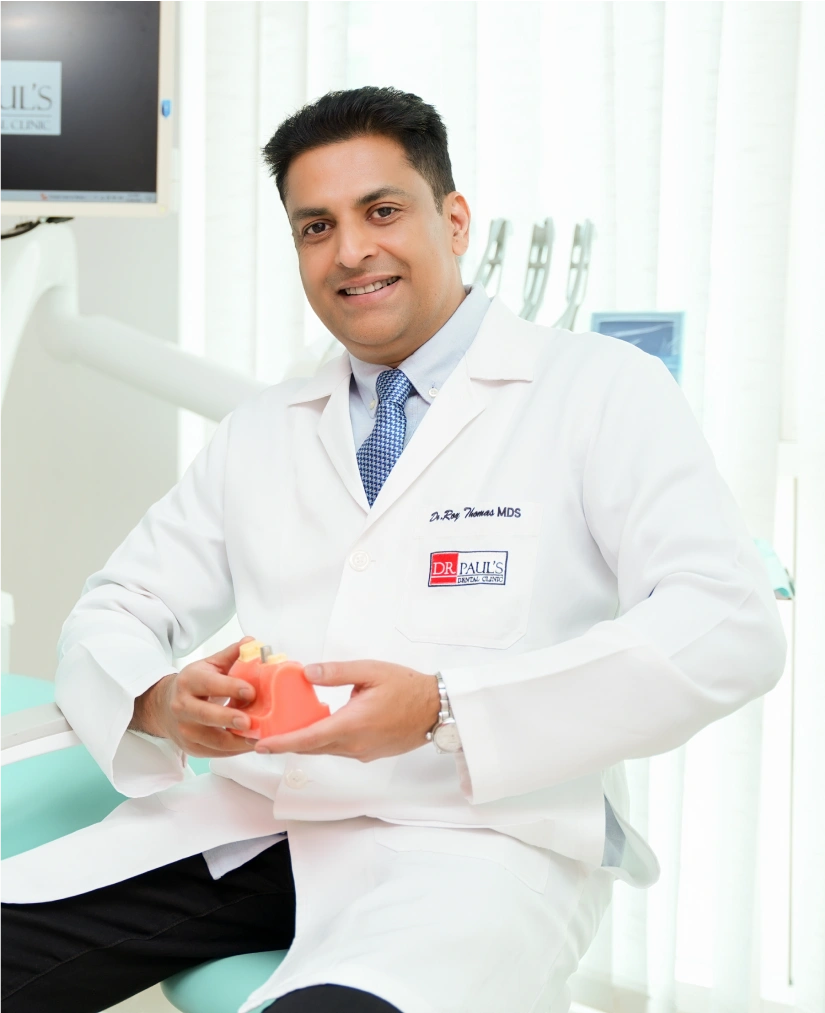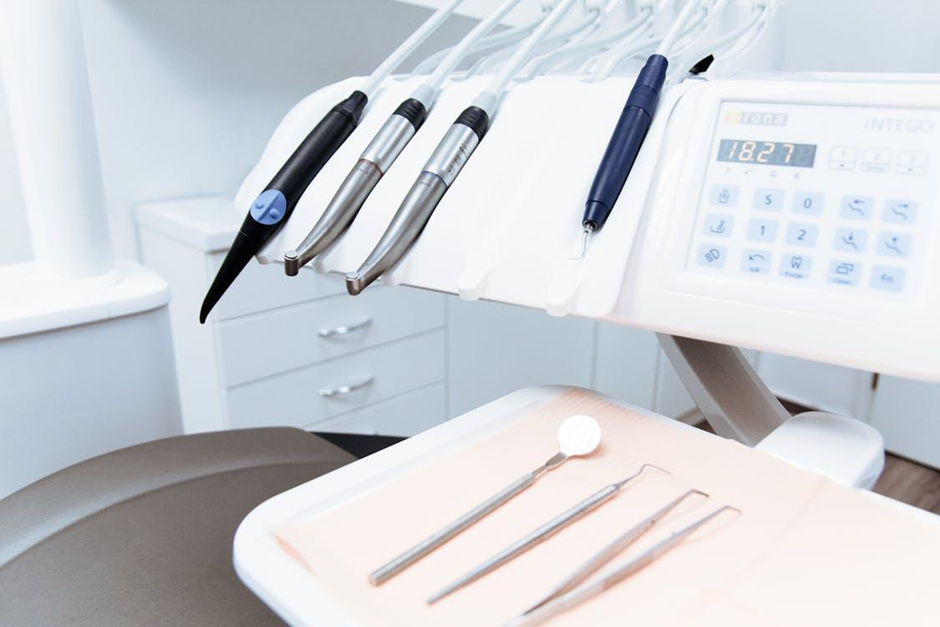Wisdom Tooth Extractions: When and Why Are They Required?
wisdom teeth extraction

What is Wisdom Tooth Extraction?
A wisdom tooth extraction procedure is when the last permanent molars in the mouth of an adult are surgically removed. This procedure is performed by a specialized oral surgeon under local or general anesthesia, depending on the severity of the case.
What Are Wisdom Teeth?
There are three sets of permanent molars that will erupt in a normal adult’s mouth. Wisdom teeth are the last permanent molars to erupt. They come in anywhere between the ages of 17 and 25 years. Wisdom teeth don’t usually participate in the teeth’ chewing function. Anyone with the remaining two sets of molars in their mouth can lead a perfectly comfortable life without wisdom teeth.
Oral surgeons often recommend getting all wisdom teeth taken out even if one of them is painful to avoid future problems.
What Causes A Need For Wisdom Tooth Extractions?
Since wisdom teeth are the last ones to erupt into the mouth often, they can become impacted or stuck. This can be an excruciating condition depending on the type of impaction; it can be simple or complex.
Types of Wisdom Teeth Impactions
Mesial
This is the most common type of impaction in which the tooth is partially erupted and is placed at an angle towards the front of the mouth.
Distal
Distal impactions are very rare. In this type, the tooth is partially erupted tooth and is tilted towards the back of the mouth.
Horizontal
This is the most painful type of impaction in which the tooth is buried deep inside the gum but placed horizontally. It is painful because the tooth continues to try to erupt, causing a lot of damage to the surrounding tissue.
Vertical
This type of impaction is when the tooth is in the correct position but buried deep in the bone and hasn’t broken through the gums yet. These types of impactions are closely monitored by the dentist and don’t require any treatment unless symptoms show.
What Are The Symptoms?
If you are suffering from one or more of the following symptoms, you might want to visit your dentist for a consultation.
- Pain in the last tooth or teeth in the mouth.
- Difficulty in opening or closing the jaw
- Pain while chewing or speaking
- Swelling on one or both sides of the mouth
- Foul taste in the mouth
- Bad breath
- Bleeding from the wisdom tooth area
- Pain while swallowing
- Change in the way you bite or chew
The Wisdom Tooth Extraction Procedure
Depending on the type of extraction, the oral surgeon will decide how to proceed. What is the degree of impaction? Whether local or general anesthesia is required? Will the tooth come out in one piece, or will it have to be split? How close is the tooth to the nerve?
Once it has been decided which method will be used for extraction, then the oral surgeon will take the following steps for the extraction procedure after the appropriate anesthesia is given.
- An incision is made at the extraction site to expose the tooth and the underlying bone
- Drill and remove the bone that is blocking the root of the impacted tooth
- Break the tooth into two to remove the tooth in pieces rather than in one piece
- The tooth is then removed
- The area around the extraction is cleaned to remove any debris from the broken tooth or bone
- Stitches are placed in case gum tissue tearing occurs to close the wound and to promote healing
- Place a gauze pack over the wound to control the bleeding to allow the blood clot to form.
Post Extraction Care
Surgical wisdom tooth extractions don’t heal as quickly as simple tooth extractions do and require extra care. The aftercare of a wisdom tooth extraction is essential. Otherwise, it can lead to a complication called a dry socket which is a very painful condition. Here are the following measures you must take immediately after a wisdom tooth extraction:
- No spitting
- No rinsing
- No sucking on anything with a straw
- No smoking
No chewing hard substances on the extraction site at least for 24 hours eating or drinking
- No talking
- ice the affected side thrice or four times in the day for the first 24 hours to prevent swelling
The points highlighted in bold above are extremely important for the first 24 hours. This is because the wound is in the process of closing up. Spitting, rinsing, and sucking on a straw or cigarette can negatively pressure the mouth, causing the newly formed clot to dislodge. This will prevent the wound from healing resulting in a non-healing socket, also known as a dry socket which is a very painful condition.
- Avoid eating hot food
- Avoid eating spicy food
- Eat soft and cold food
- Take your medications on time
- Get plenty of rest
- Drink lots of fluids
- Gently open and close your jaw
Dry Socket (Alveolar Osteitis)
A dry socket is a very painful postoperative complication of lower wisdom tooth extractions. A dry socket is also known as a non-healing socket in which the extraction site has not healed correctly due to the non-formation or dislodgement of the clot. Usually, any wound closes by clot formation, and the process of clot formation starts within 20 minutes in normal individuals.
A blood clot acts as a protective layer over the underlying bone and connective tissue. If the clot dislodges due to excessive rinsing or spitting, or the clot fails to form entirely, the exposed socket can be extremely sensitive and causes intense pain even at rest. The pain may radiate to the side of your cheek, ear, and temples. The socket may become inflamed and filled with food debris causing an infection to develop.
Symptoms of a Dry Socket
- Pain begins 3-4 days after the extraction
- The extraction socket looks empty and dry
- The underlying bone is visible in the socket
- Pain radiates to the side of the cheek, ear, and temples
- Foul taste in the mouth
- Pus and discharge from the extraction site
- Bad breath
Bleeding
Bleeding from the extraction site that doesn’t stop is another post-extraction complication that can occur due to various reasons such as:
- High blood pressure
- Clotting disorder
- The patient is on blood-thinning medication
This is why taking a proper and detailed history of the patient is very important before going in for extraction.
Swelling
Swelling inside or outside the cheek of the side of the extraction sometimes occurs accompanied by bruising. This is common and can be treated by applying an ice pack over the cheek. The swelling may last for up to two days, after which it subsides.
Conclusion
If you think you are suffering from wisdom tooth pain and require the expert consultation of an oral surgeon, contact Dr. Paul’s Dental Clinic in Dubai and schedule an appointment for a consultation. Their highly-skilled team of dentists will take care of all your dental needs.
Also Read : Understand potential post-extraction issues in our blog on What is a Dry Socket? The Ultimate Guide.
Book an Appointment With Your Doctor NOW!
Ready for a brighter smile? Schedule your appointment with Dr. Paul’s Dental Clinic today and experience exceptional dental care.



 Dr. Roy Thomas
Dr. Roy Thomas 

